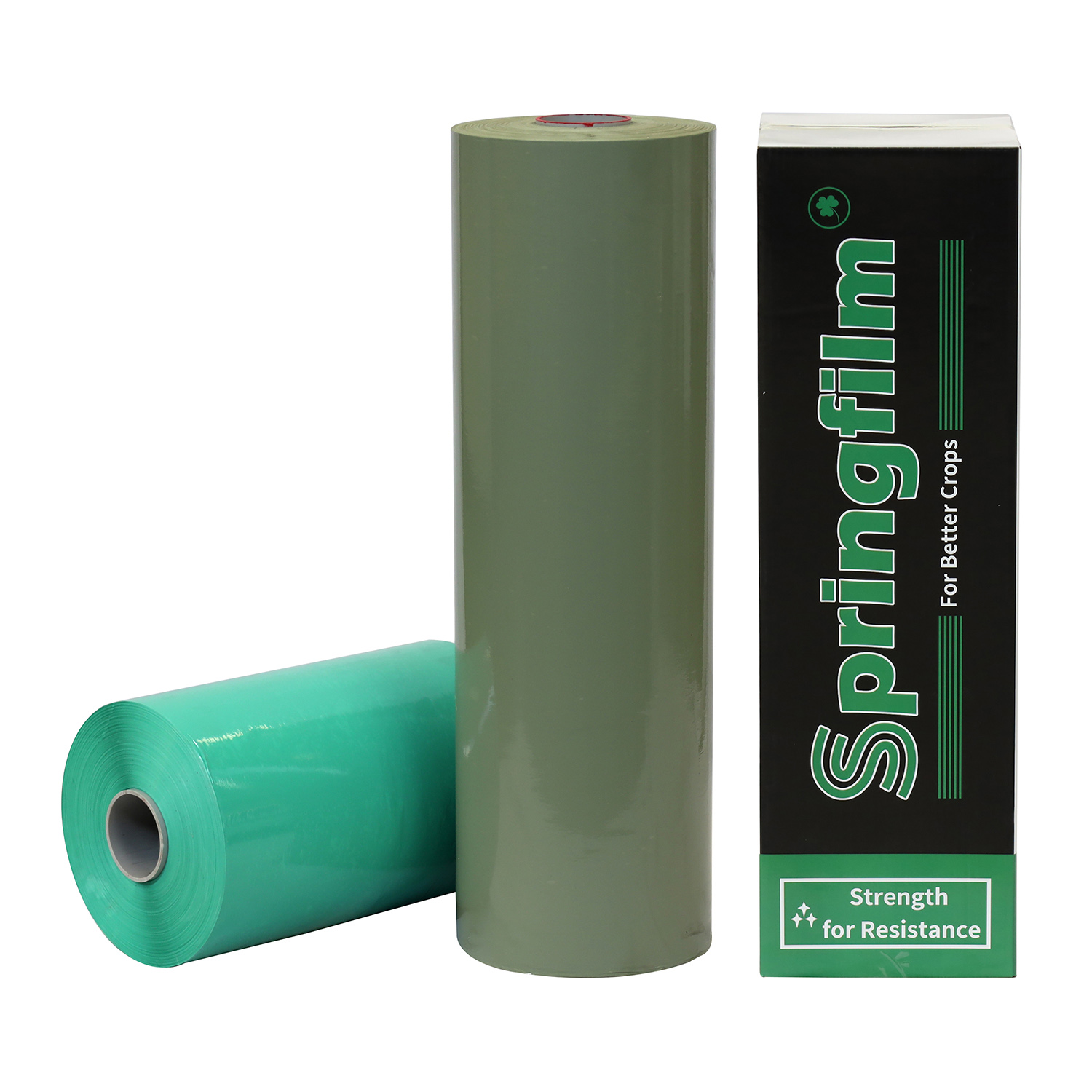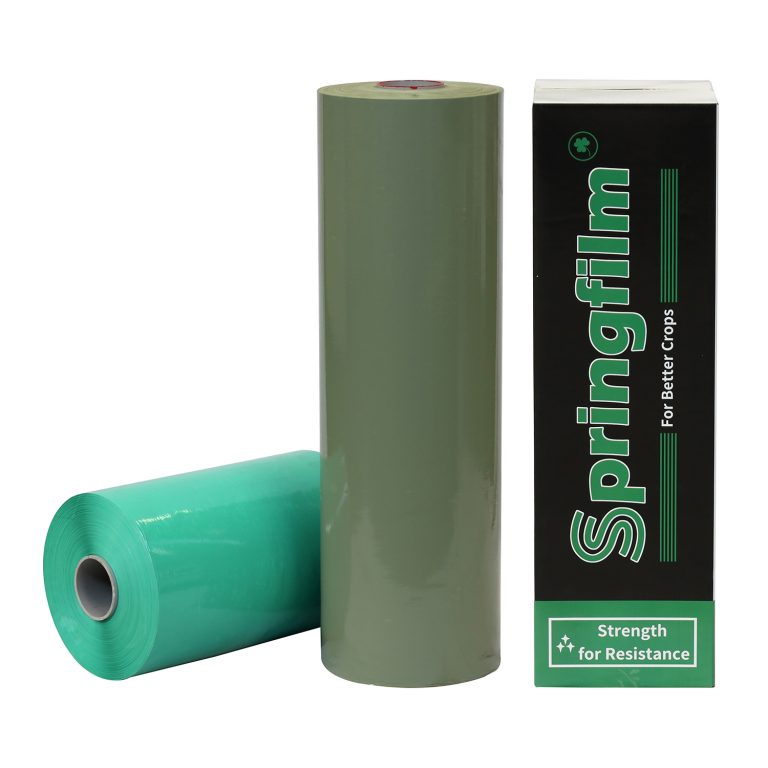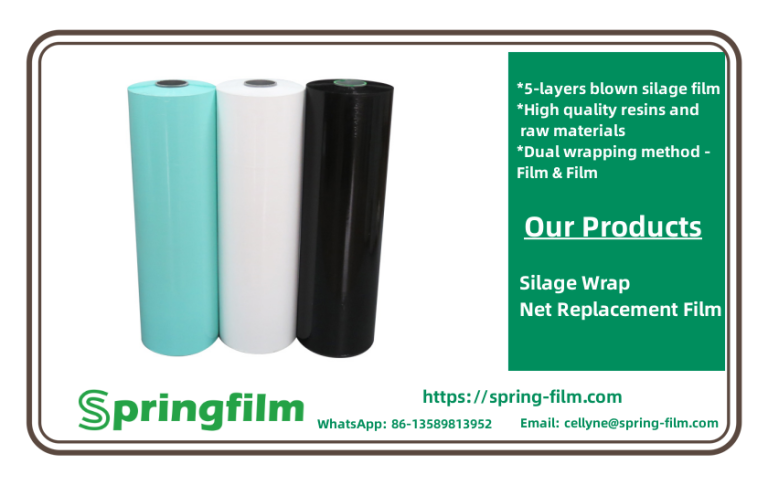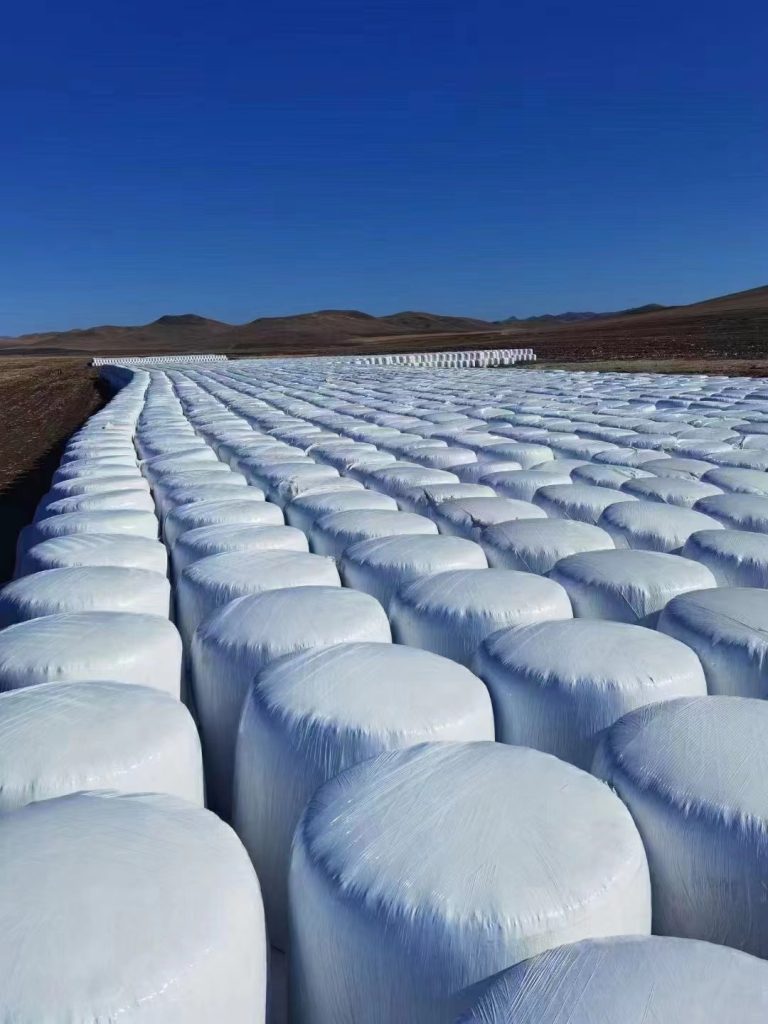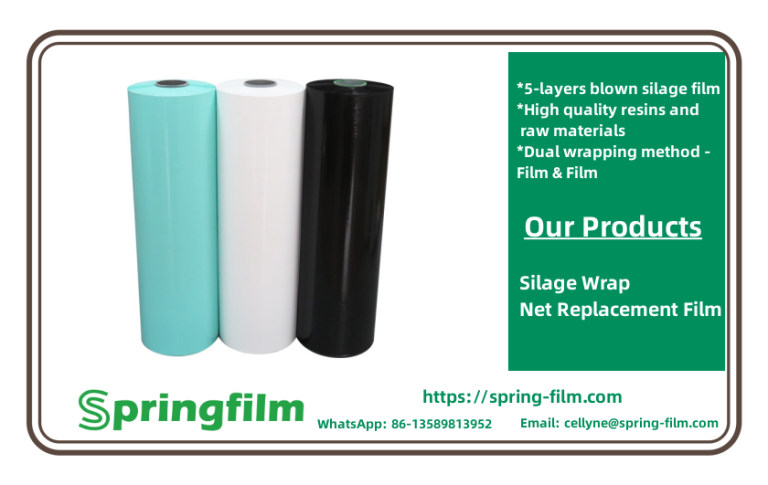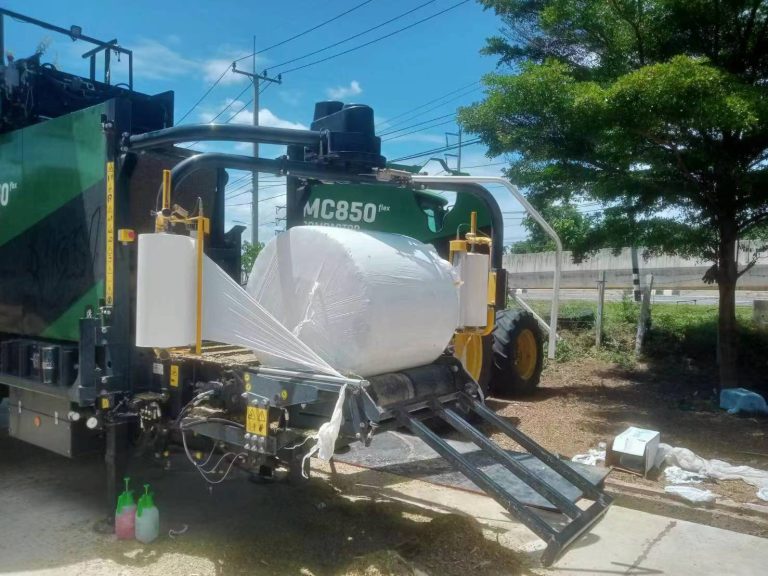The silage season, also known as the “silage-making season,” is the period during which farmers harvest, process, and store forage crops to make silage for use as animal feed. The timing of the silage season varies depending on factors like geographic location, climate, and the type of forage crops being used. High Quality Sliage Wrap,Hay Wrap Factory,Green or Black Silage Film. Typically, the silage season occurs during the late spring, summer, or early fall months, with the exact timing varying by region.
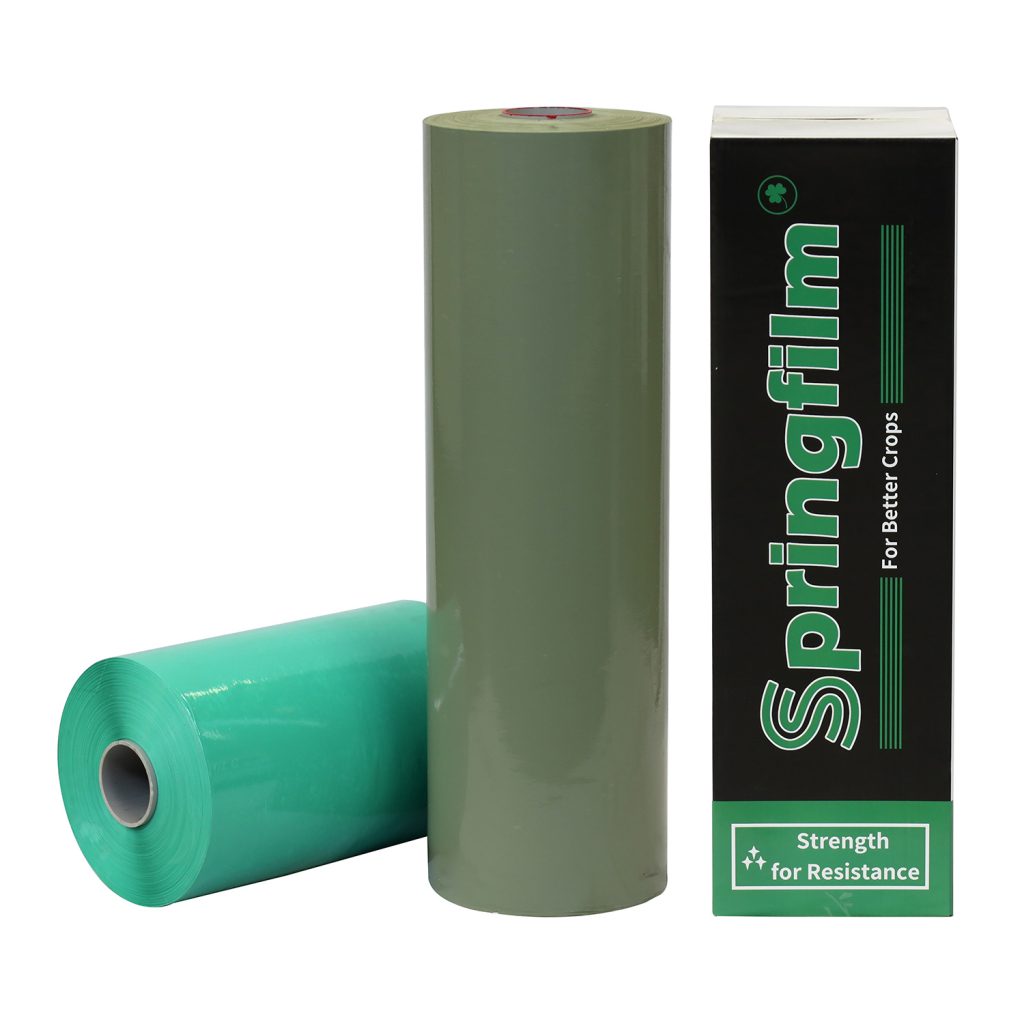
Here are some key factors that influence the timing of the silage season:
Crop Maturity: The timing of the silage season is often determined by the maturity of the forage crops. These crops, such as grass, corn, alfalfa, or other green forage materials, are typically harvested when they have reached the optimal stage of growth and nutritional content for silage production. High Quality Sliage Wrap,Hay Wrap Factory.
Weather Conditions: Weather plays a crucial role in the silage season. Farmers aim to harvest forage crops during a period of dry and sunny weather to minimize the risk of spoilage. Wet or rainy conditions can delay the harvest and make it challenging to create good-quality silage.
Regional Variations: The timing of the silage season can vary by region due to differences in climate and growing seasons. In some areas, the season may start as early as late spring, while in others, it may extend into the early fall. High Quality Sliage Wrap,Hay Wrap Factory,Green or Black Silage Film.
Crop Type: The type of forage crop being used for silage can also influence the timing. For example, corn silage is typically harvested when the corn plants have reached the ideal moisture content, which can vary depending on the specific goals of the farmer and the nutritional needs of the animals.
During the silage season, farmers use specialized machinery, such as forage harvesters and balers, to harvest and process the crops into manageable pieces. High Quality Sliage Wrap,Hay Wrap Factory,Green or Black Silage Film. The forage is then wrapped in plastic silage film to create an airtight seal, allowing for anaerobic fermentation, which preserves the forage’s nutritional quality. The resulting silage can be stored and used as animal feed throughout the year, providing a valuable source of nutrition for livestock, especially during the winter months when fresh forage may be scarce.

